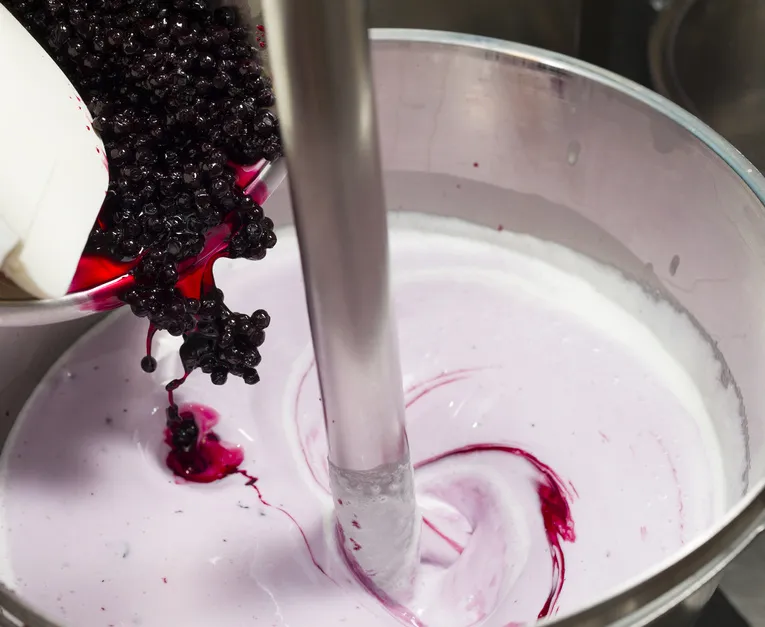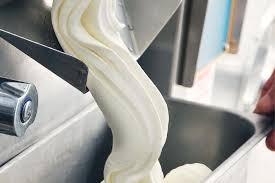
OUR PHILOSOPHY
We only use selected ingredients and raw materials that are produced sustainably to ensure the future of our next generation and their health.
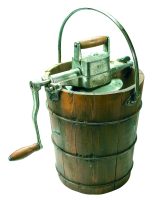
No waste of valuable food, just like we learned from our parents and grandparents. Bring the old recipes and the knowledge of our ancestors into our new recipes and basic products. We have combined old and new ways. This is the only way we have managed to create a product that is unique in terms of taste and consistency. Whereby our top priority to use only the best and most natural raw materials is always the most important thing for us.
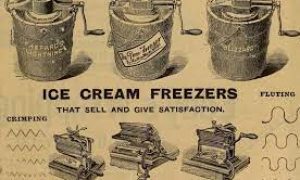
We have learned not to rush.
We behave as if we were on an old farm for vacation and to hear the stories of the elders. Our ice cream has history and tradition that comes from the past. Try our classic products and compare them to the new ones. You will understand what we mean.
Only the freshest ice cream, produced using the traditional warm-making method, brings the flavor and creaminess that is unique. We operate our business not only to achieve economic goals, but also to act responsibly and to ensure sustainability. We take an eco-friendly approach at all stages of production. From recycling to using ecological gases (refrigerant in the ice machines) and components that help save water and energy. Because we also take care of the next generation.

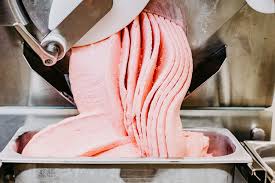
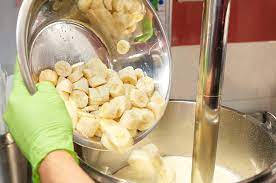
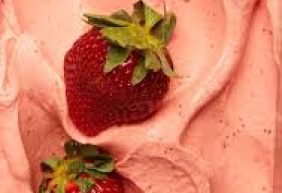
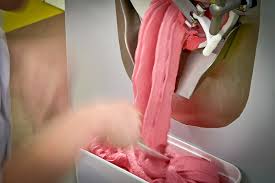
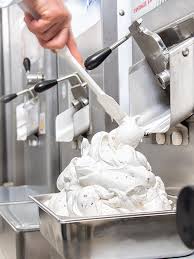
What is WARM or COLD induction?
There are basically two different methods of making ice cream. Theoretically, every ice cream mix can be made by warm or cold preparation. In practice, however, warm production (pasteurisation) has proved its worth for milk ice cream bases, while the advantages of the cold method outweigh the advantages for fruit ice cream.
Warm introduction
The primary purpose of heating the base mass is to kill or inactivate existing microorganisms through pasteurization and thereby increase the shelf life of ice cream. A desired side effect is that the pre-mixed dry ingredients dissolve very well in the pre-heated liquid ingredients. It is advisable to use a pasteurizer that is suitable for both short-term and long-term pasteurization. Pasteurization temperatures and the corresponding holding times can be varied, but in most cases 85 °C are suitable for short-term heating and 65 °C for long-term heating. In both cases, the ice mass must cool down quickly after the heat has been applied. In addition to rapid cooling, the hygienic conditions during storage and further processing are of the utmost importance. The pasteurized ice cream mass may only be kept at the storage temperature of + 4 °C for longer than 72 hours if it is pasteurized again at the end of the 72 hours.
Long-term heating
With long-term heating, mass is heated to 65 °C. The mass must hold the pasteurization temperature for a period of approx. 32 minutes. The lower temperature is chosen when fresh milk and fresh cream are processed. The fat components of cream separate if the heat is too intense. The ice cream mix must cool down quickly to storage temperature (+ 4 °C) and then be processed further after a maturing time of at least 6 hours.
Cold preparation (Please do not confuse with ready powder mixtures)
The cold method is mainly used for fruit ice cream and yoghurt ice cream. If an ice cream mix is to be mixed cold, the ingredients are processed in a very specific process in compliance with the strictest principles of hygiene. In order to obtain a homogeneous mass, the dry ingredients must first be mixed well. Then add a small portion of the liquid with constant stirring until a smooth, viscous mixture is formed. Only then are the fruits or yoghurt and the remaining liquid added and mixed. This is followed by a relatively short rest period of at least 3 minutes and at most 45 minutes, during which the ice cream mix matures.


